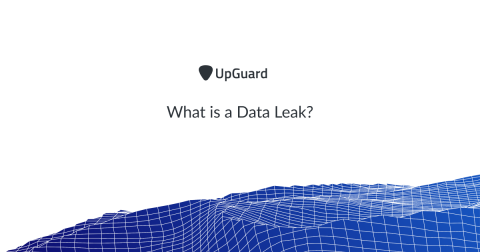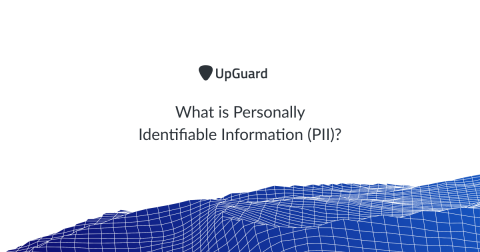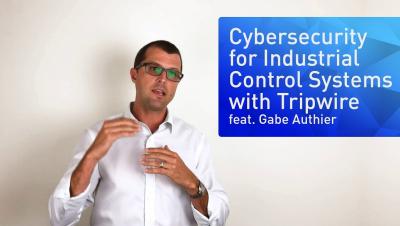What is a Data Leak?
A data leak is when sensitive data is accidentally exposed physically, on the Internet or any other form including lost hard drives or laptops. This means a cyber criminal can gain unauthorized access to the sensitive data without effort.










